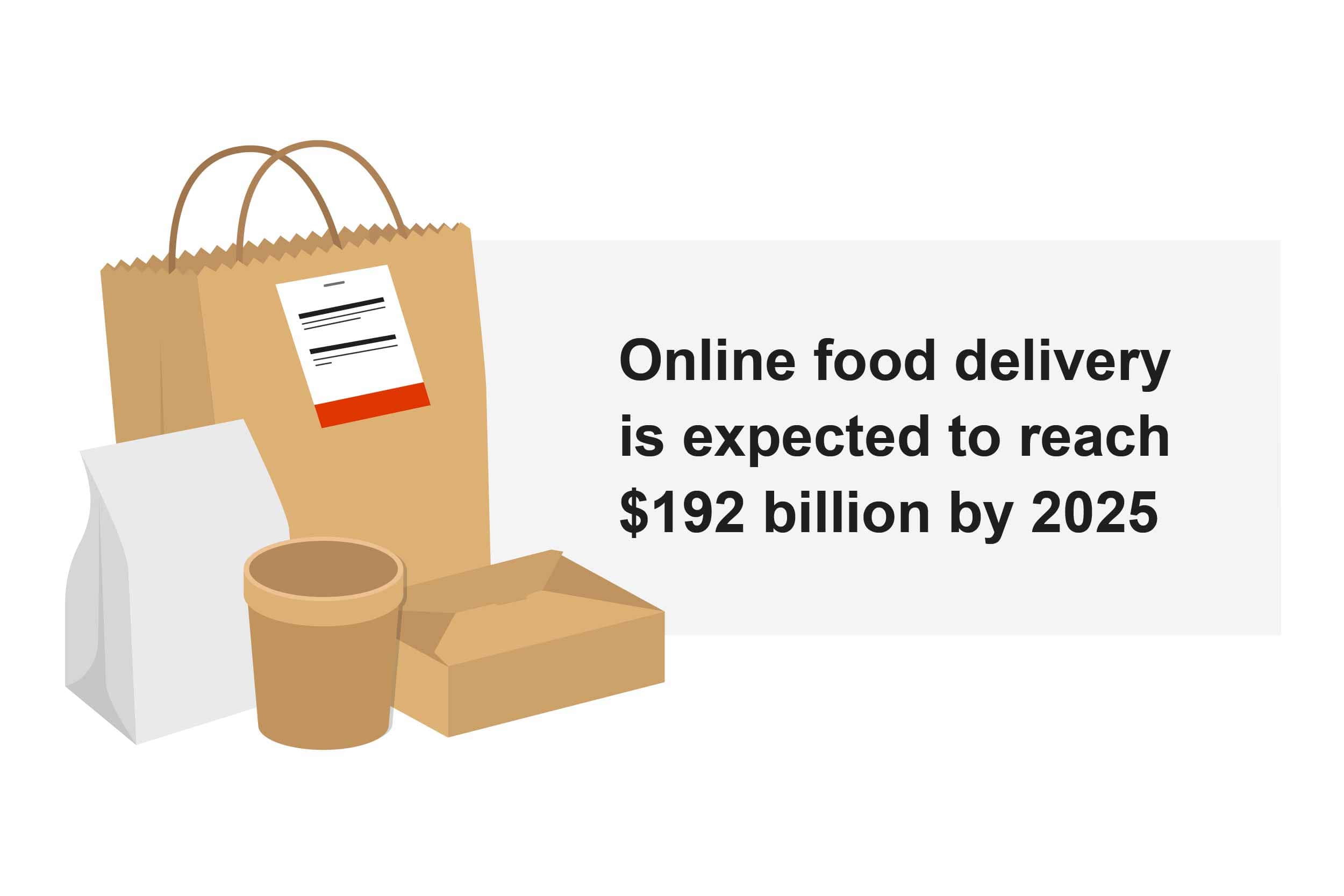November 02, 2021

It’s no secret that small restaurants were hit hard by the pandemic. In an effort to recoup some financial losses, many restaurants branched out into other revenue streams to help stay afloat and ahead in the coming years. One of the emerging trends is the rise of virtual brands, which offer delivery-only service.
What is a Virtual Food Brand?
Virtual brands are often confused with ghost kitchens. While the concepts seem alike, there are a few significant distinctions:
- Ghost Kitchens are kitchens that only make food for delivery and off-premises dining. In essence, they are production-only spaces without any waitstaff, storefront, or dining area.
- Virtual Brands, also known as virtual restaurants, are restaurant concepts that exist only on delivery apps. They contract with ghost kitchens or brick-and-mortars to produce food for off-premises dining.
One way to think about the relationship between ghost kitchens and virtual brands is that the brand is the menu and identity of the “restaurant.” Ghost kitchens are commercial production spaces and are not tied to any single brand or menu concept; however, they may produce food for a virtual restaurant.
What Are the Benefits of a Virtual Brand?
.png)
Over the past year, there has been a significant rise in virtual brands. Delivery-only food options appealed to consumers wanting to stay home and virtual brands allow restaurant owners to serve food with minimal overhead. However, even with restaurants starting to re-open and people visiting their favorite establishments again, virtual brands have shown many benefits beyond the pandemic, especially for existing small restaurants.
Access to Additional Income
The beauty of a virtual brand is that it exists entirely digitally. If you already have a kitchen that you work out of, you can tap into that resource and run a second brand from the same kitchen. This gives small restaurant owners the ability to increase revenue without the added costs of equipment or staff. Many restaurants also apply service fees or increase menu item prices for food delivery allowing them to cover commission fees that need to be paid to delivery companies which can improve delivery margins.
Food Waste Reduction
Mitigating food waste can be a struggle for some restaurants. Doubling up on ingredients for your delivery menu and your brick-and-mortar menu can help you go through the product more effectively while saving money on expenses.
Menu Experimentation

Looking to try out new menu concepts without investing too much upfront or compromising your existing brand? Virtual restaurants enable owners to experiment without initial costs.
In addition to all the above benefits, virtual brands tap into a growing food delivery trend. Many customers still rely on delivery to get their food fix, and the movement doesn’t seem to be slowing down. In fact, the global online food delivery market is expected to reach $192 billion by 2025!
How Do You Launch a Virtual Food Brand?
There’s no one way to launch a virtual brand, but there are some key concepts to keep in mind when developing and marketing your new virtual restaurant:
- Create a concept for your new brand. Develop a menu well-suited to off-premises consumption. Decide on how many new brands you’d like to launch. Create an eye-catching logo and descriptive website copy. Don’t forget to do a little market research and see what cuisines might be missing in your area that consumers are craving.
- Plan out your operations. Survey your small restaurant and look for any minor changes that may need to change to facilitate your new brand and menu. Do you need to set up a separate packaging area? Double-check your inventory, staffing schedule, and to-go supplies.
- Decide on delivery options. Will you partner with a third-party delivery platform or build your own internal delivery team and website?
- Finalize your brand and launch. Once you have the primary elements figured out, get your virtual brand out there!
If you are new to virtual brands or are searching for advice on optimizing your website, menu layouts, and staff training, chat with your local wholesale restaurant supply store. Many offer exceptional business tools that can help you hone your new brand.
Supplies and Wholesale Food for Restaurants
Shop exceptional products from fresh produce to eco-friendly packaging options at US Foods CHEF’STORE. Our shelves are lined with all the items you need to build a thriving virtual restaurant. Stop by one of our many locations to shop our high-quality restaurant supplies.